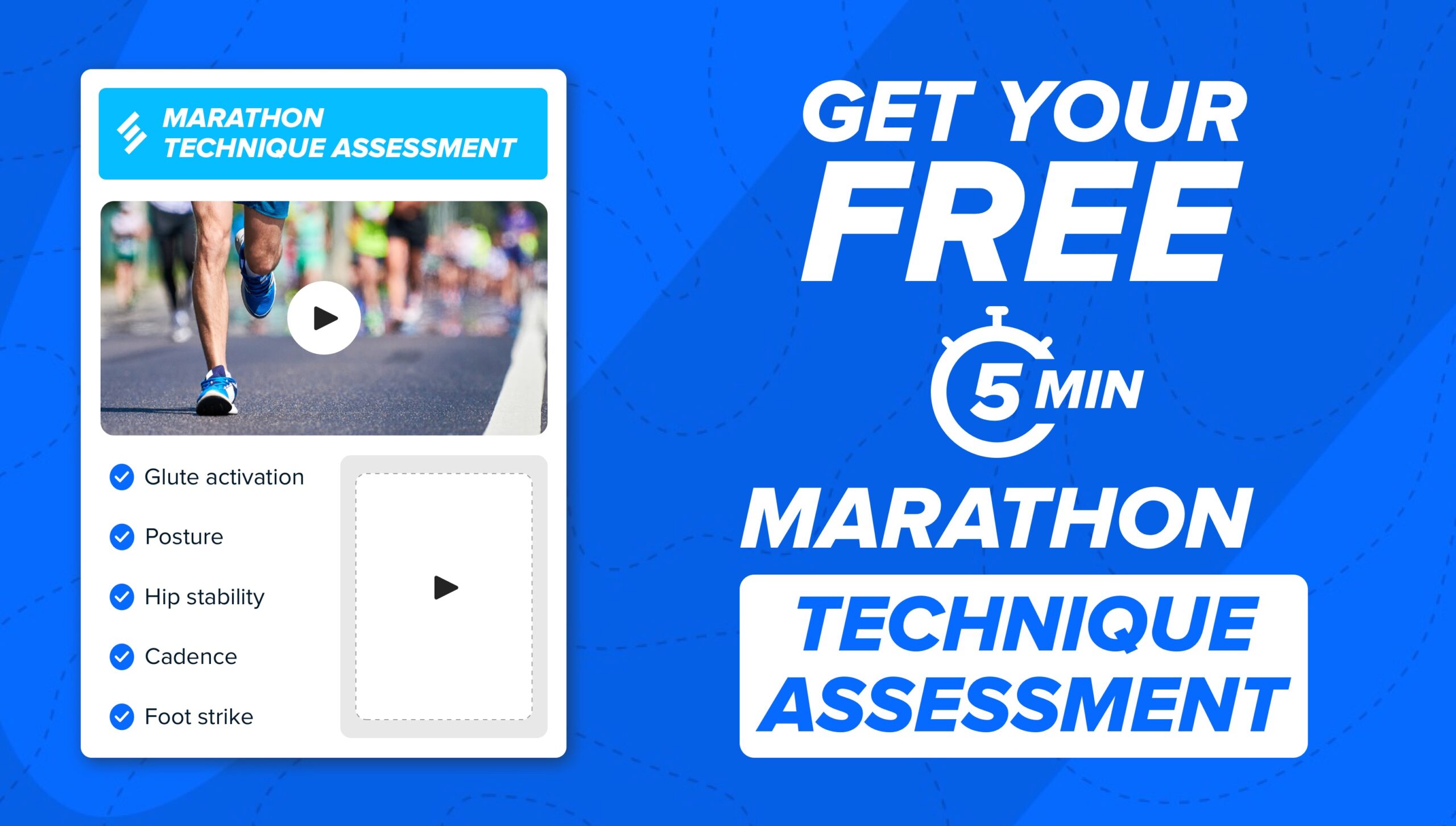5-Minute Marathon Technique Assessment To Improve Your Running
Mark Green

Improve your marathon running technique with this 5-minute assessment 🏅
Take this quick 5-minute self-assessment to identify hidden weaknesses and unlock your best running form.
This August, 35,000 runners will line up alongside Eliud Kipchoge at the Sydney Marathon.
Don’t let inefficient technique hold you back.
Each test takes about a minute.
Write down your score for each test, then total them at the end to assess your marathon readiness.
These simple tests will pinpoint exactly what you need to improve to run more efficiently and stay injury-free.
With years of experience coaching thousands of marathon runners, I can guarantee—this will make a difference in your running.
Access all of our Plans and Workouts
Install Streek!
App already installed.
Install this app for a better experience.
Your browser does not support direct installation of this app.